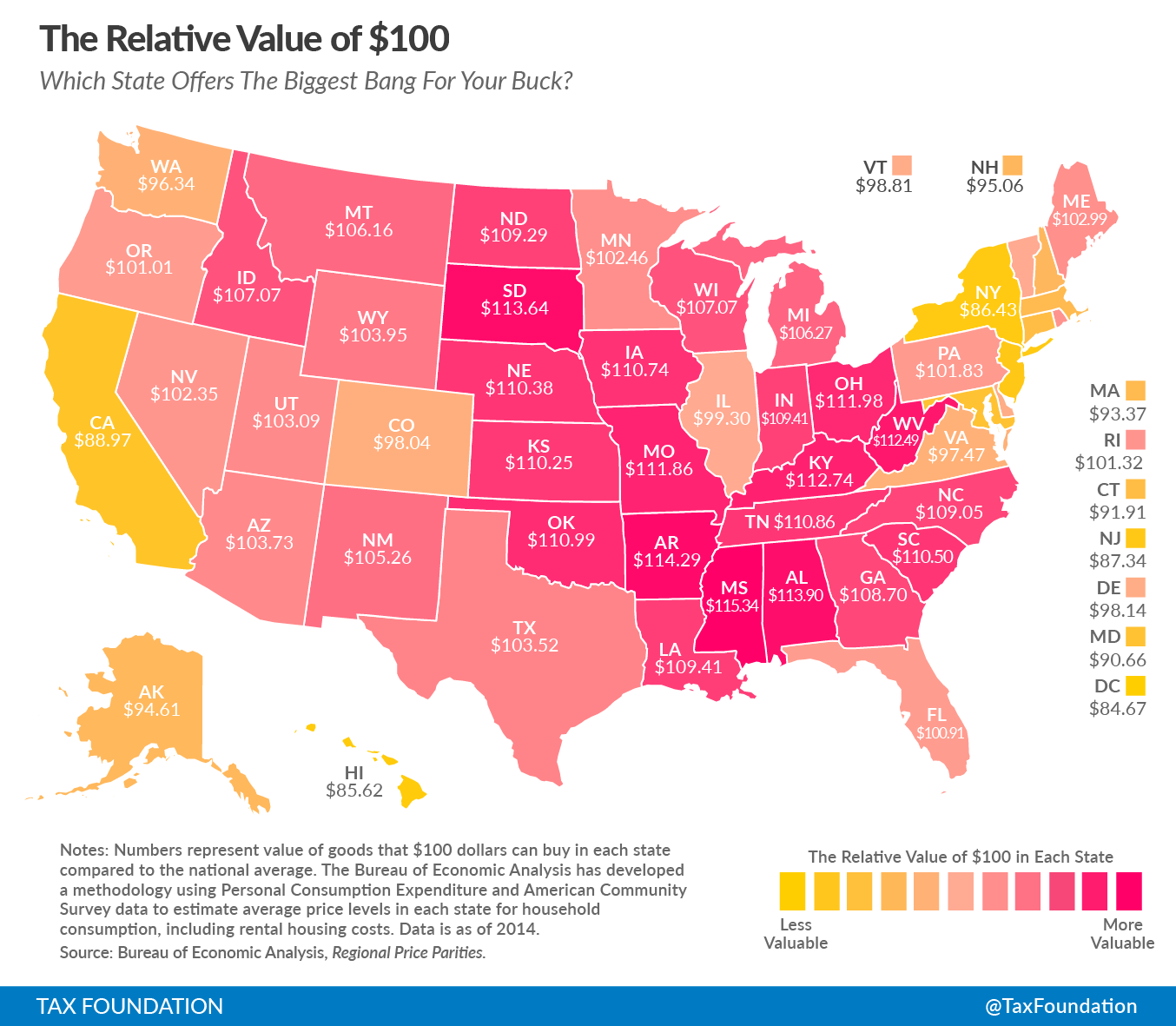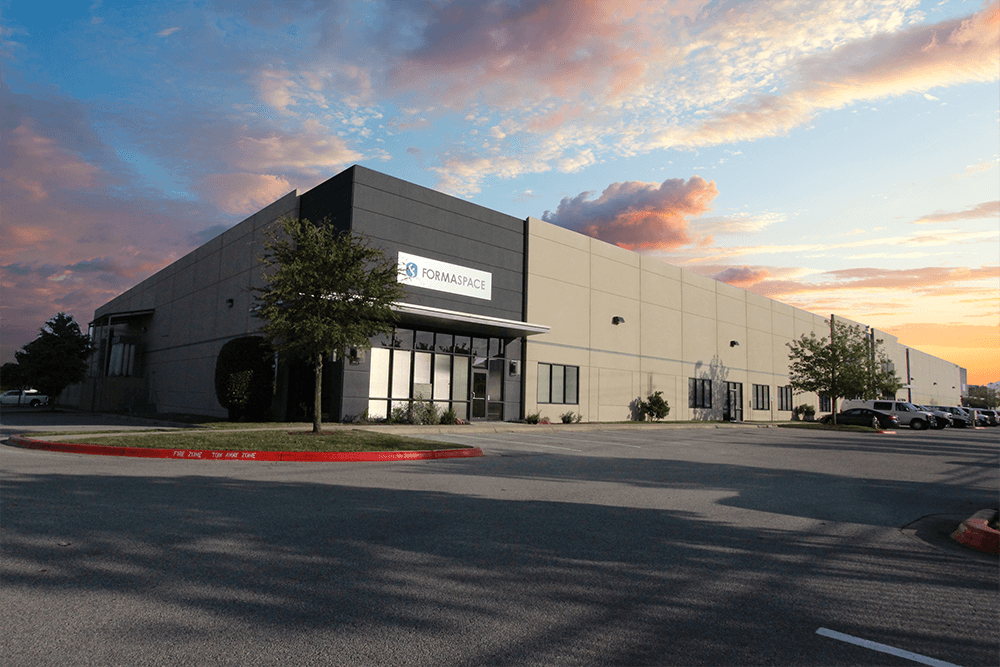GTT: Gone to Texas
Did you know that every year more Americans move to Texas than to any other state? To use a popular acronym dating back to the first mass migration to Texas in the 1800s, they are GTT, short for Gone to Texas.
Let’s take a look at the numbers. During the period from 2005 to 2013, 4.8 million Americans left their home state and made Texas their new home. Californians led the march to Texas, along with significant migration from New York. When you add in the additional 1.1 million foreign immigrants who moved to Texas during that period, it works out to be about 345 new Texans arriving each and every day.
Houston’s Harris County is the new home to most of the domestic immigration from other states. But other Texas cities, especially some of the traditional suburban towns, are now counted among the fastest-growing cities in the US. For example, in 2015, Georgetown, Texas — north of Austin — was America’s fastest-growing city — it grew in population by 7.8% year-over-year. New Braunfels, Texas — situated between Austin and San Antonio — is America’s second-fastest growing city. Other population growth hot spots on the national top 10 list are Frisco, Texas — located outside of Dallas-Fort Worth — and Pearland, Texas, just south of Houston.
Advantages of Starting or Moving your Business Operations to Texas
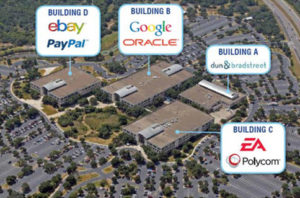
Increasingly, businesses are following suit. Many California and New York companies are now establishing branch offices or manufacturing operations in the Lone Star State or, in many cases, moving their operations entirely. As a result, Texas continues to grow: if it were a standalone nation, its economy would be nearly the same size as Canada.
Many businesses which began in California’s Silicon Valley, like Google and Apple Computer, have opened branch offices in Austin. In fact, there are so many new arrivals, especially startups, that the region has been dubbed “Silicon Hills” (named for Austin’s location as the gateway to the Texas Hill Country).
So what are the reasons businesses want to move to Texas?
Among many considerations, businesses are attracted to the relatively low cost of real estate, business-friendly taxation (with no personal income tax), a pro-business regulatory environment, a growing population of young consumers, and a talented and educated workforce migrating inbound from other states.
Despite these advantages, many stereotypes about Texas exist.
Did you know…
- It’s not all about oil and gas in Texas anymore. Although Texas does still lead domestic production in both, the Lone Star state also leads the nation in renewable wind energy production — with renewable sources providing an average 11% of Texas’ energy needs in 2015.
- In contrast to the oil bust era of the 1980s, Texas’ economy is now highly diversified. For example, the Texas Medical Center in Houston is the world’s largest, home to more than 50 leading-edge healthcare facilities and research institutions, including the world-famous M.D. Anderson Cancer Center.
- Despite Texas’ reputation for horse riding and driving over-sized pickup trucks, Texas may be the first state to open a high-speed rail link (between Houston and Dallas), beating California by years if not decades.
The Can Do Texas Spirit
Texas takes a lot of pride in its businesses and business leaders. The can-do spirit of entrepreneurship is celebrated in this state with stories of business greats, from Jesse H. Jones who kept Houston’s economy afloat during the Great Depression to Herb Kelleher, who founded Southwest Airlines based on a business plan sketched on the back of a cocktail napkin.
Many who arrive in Texas are pleasantly surprised by how welcoming the business community can be for newcomers, whether you are moving an existing business, or, in that great Texas tradition, starting over from scratch.
The bottom line is that generally speaking, Texans want to help you succeed. Many of the banks are highly business-oriented, and there is an active VC community in Austin, supporting tech and healthcare startups.
Texas Offers Predictable Government Budgets with Low Taxes
The way the Texas state government conducts its affairs is markedly different from other states; you could say it operates more like a business.
Unlike other states, the Texas legislature only meets every other year, and for a very limited time at that (just a few weeks). According to many Texans, the less time legislators are in session in Austin, the less time that they have to spend our money or cause other trouble.
As a result, all legislative changes have to wait for two years to go through a very intense, time-constrained legislative process. Only the most pressing issues make the cutoff. Contrast that to the seemingly non-stop legislative session activity taking place in other state capitols, like Sacramento in California, Albany in New York, or Trenton in New Jersey.
Importantly, the Texas Comptroller of Public Accounts prepares a two-year balanced budget for the legislative session, based on income projections for the coming two fiscal years. Once the budget is passed, the Texas Comptroller of Public Accounts can recommend changes during the course of the two-year budget cycle to cut back spending if the state’s income isn’t matching the budget projections. The Texas State Constitution also mandates a budgetary rainy day fund, officially known as the Texas Economic Stabilization Fund or ESF. The current ESF balance is $9,715,000,000 for 2016, making it the largest such fund among the states. It is rarely touched.
The role of Governor in Texas can be compared to the board chairman of a business enterprise. Generally speaking, the Governor does not manage the state’s day-to-day operations; instead, the power from this position stems from the Governor’s ability to nominate individuals to leadership roles in the state’s important oversight boards and commissions. Unlike other states, where the lieutenant governor’s role is to standby to step into the role of Governor, it’s the Lieutenant Governor of Texas that is primarily responsible for day-to-day operations.
This approach to state government seems to help keep costs down and taxes low. Texas continues to be one of the few states with no personal income tax.
Your primary residential property is also protected from seizure from bankruptcy or a judgment stemming from Texas civil lawsuits, via what is known as a homestead exemption. Property tax increases are limited to approximately 10% a year for homes with a homestead exception; upon reaching 65 years of age, the homestead property tax rates are capped for life.
Five More Reasons Why Businesses are moving to Texas
Let’s look at five more reasons why businesses are making the move to Texas.
1. Texas Offers a Business-Friendly Regulatory Environment
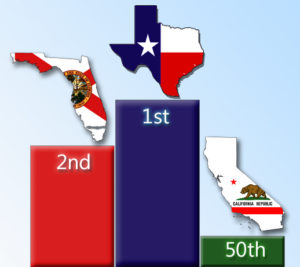
The Texas government does what it can to streamline business operations.
For example, you can create a new business in Texas in a matter of minutes by visiting the Texas Secretary of State’s website, where you can reserve a name and create a Limited Liability Corporation (LLC) for less than $400, payable online by credit card.
While the state does require you to collect sales tax when selling merchandise, the tax implications for selling services vary, some services are never taxed while other services are only taxed once you reach a certain sales threshold, so you’ll need to investigate the tax rules under the advice of an accountant.
Texas is also well known for trying to reduce both the number of lawsuits and payouts, particularly in civil courts, through tort reform. Texas places limits on compensation for personal injury cases, including medical malpractice. There is also legislation in effect known as “Loser Pays,” designed to cut down on what are considered frivolous lawsuits. If civil plaintiffs sue another party and end up losing their case, they may be required to pay the court costs and any associated attorney’s fees of the winning side. This law also gives state judges the power to dismiss civil actions in cases brought to the court for less than $100,000 if the judge determines them to be without merit.
2. Texas has its own Independent Energy Grid
Businesses that are dependent on a reliable source of electricity for their operations will be interested to know that Texas has its own independent energy grid.
Unlike states such as California or New York, which are highly dependent upon either receiving electricity supplies from great distances or are subject to failures in the electrical grid caused in a faraway state, Texas is self-sufficient in generating its own power needs.
The cost of power is especially low in Austin, which has its own publicly owned electricity utility. If you think that sounds small, think again. Austin’s utility is a part owner of the South Texas Project Electric Generating Station in Bay City, one of the newest and largest nuclear power facilities in the nation.
3. Texas’ Positive Economic Outlook is Increasingly Diversified and Multi-Cultural
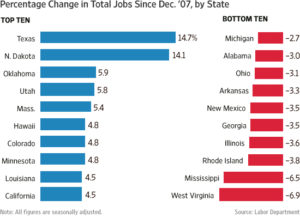
Many lessons were learned in the 1980s oil bust in Texas, first and foremost with the need for diversification in the economy.
Now that the price of oil has dropped well below $100 a barrel, there’s been a slowdown in the oil and gas energy sector, but it hasn’t caused the widespread economic disruption that many outside Texas predicted.
The reason is the economy in Texas has become very flexible and diversified.
The Port of Houston, the tourism industry on the coast, the high-tech startup scene, the growing healthcare and life sciences sector, light manufacturing, truck and automobile production, housing construction, and growth in renewable energy — all contribute to today’s modern Texas economy.
As Texas grows in population (now estimated to be 27 million people), it’s becoming a market unto itself.
Houston is now America’s fourth largest city, with a regional population over 6 million. The Dallas-Fort Worth / Arlington region also has more than 6 million people. If you group the Austin / Round Rock / San Marcos region with San Antonio, there are another 3.8 million residents. McAllen and El Paso also have almost another million residents each.
The demographics are also changing.
For example, Houston is now what is termed a majority minority city, where no ethnic group has an absolute majority of the population.
This trend toward a more racially diverse demographic will only increase in time — the youngest generation of Texans are the most diverse of all: in 2015 almost 70% of those 19 and younger were non-white.
Demographic experts expect these changes will propagate across the US in the coming decades, but businesses based in Texas will be well-positioned to understand the changes in consumer tastes and buying habits that will arise from these demographic shifts.
4. Location, Location, Location: Businesses in Texas Enjoy Easy Access to Markets
Situated in the center of the country, Texas makes domestic business travel particularly convenient. If you get on the first flight of the morning, you can arrive for a business meeting for lunch or in the afternoon on the East Coast or the West Coast.
American Airlines and Southwest Airlines are both based in Dallas. American offers nonstop services across the globe. Southwest Airlines has a major hub in Houston, with extensive flights available to the Caribbean and Latin America. United Airlines, which absorbed Houston’s Continental Airlines, also has a major hub in Houston, providing nonstop services to major cities around the world.
Although some parts of the state can get snow during cold winters, they don’t generally result in the type of disruptions that occur in the northern Midwest or East Coast regions.
One of the key transportation routes for NAFTA overland trade between the US and Mexico and Canada is the newly reconfigured Interstate 69, which will connect Mexican border crossings at Laredo, Pharr and Brownsville, Texas with existing interstate highways across Texas – all the way to the Canadian border at Port Huron, Michigan / Sarnia, Canada.
Ocean-based transportation is also an important component of the Texas economy. The Port of Houston, which services Asia through the Panama Canal, handles the second largest amount of shipping tonnage in the US, after South Louisiana. The Port of Galveston, located on the coast, is the fourth busiest cruise terminal port in the US.
5. The Texas Lifestyle Attracts High-Quality Employees Seeking Value for Money
Value for money attracts businesses and new residents to Texas alike.
Relatively speaking, real estate is much cheaper than in states like California, Connecticut, New York or the Washington, DC region.
Purchasing power in Texas is advantageous as well. According to a recently published study, $100 of after-tax income in Texas purchases about $103.52 of goods and services.
In contrast, the same $100 of after-tax income in California purchases $88.97. In New York, it’s only $86.43.
The cheaper cost of living is not the only reason to live in Texas, however.
There many other lifestyle amenities to consider:
- Friendly people (Yes, it’s true)
- Major academic institutions, including the University of Texas, Rice University, and Texas A&M.
- A robust healthcare system, including the world-famous Texas medical center in Houston.
- Year-round outdoor sports activities, including biking, fishing, sailing, camping, and more, plus major sports league franchises.
- World-class art institutions, symphonies, theaters, and museums in cities like Houston, Dallas, Fort Worth, Austin, and San Antonio.
Considering a Move to Texas? Call Formaspace for all your Business Furniture Needs.
Every day new businesses are moving to Texas.
If you’re the owner of a business making the move, we want to speak with you.
Formaspace manufactures all our industrial grade furniture here at our factory headquarters in Austin.
Give us a call at 800.251.1505 to speak with one of our Design Consultants or use the contact form below.



